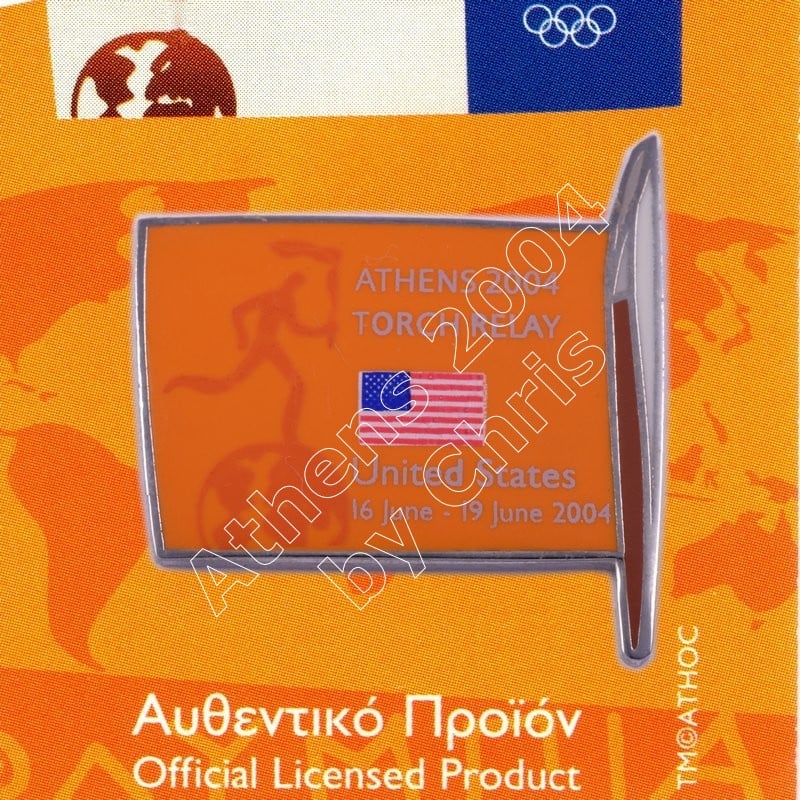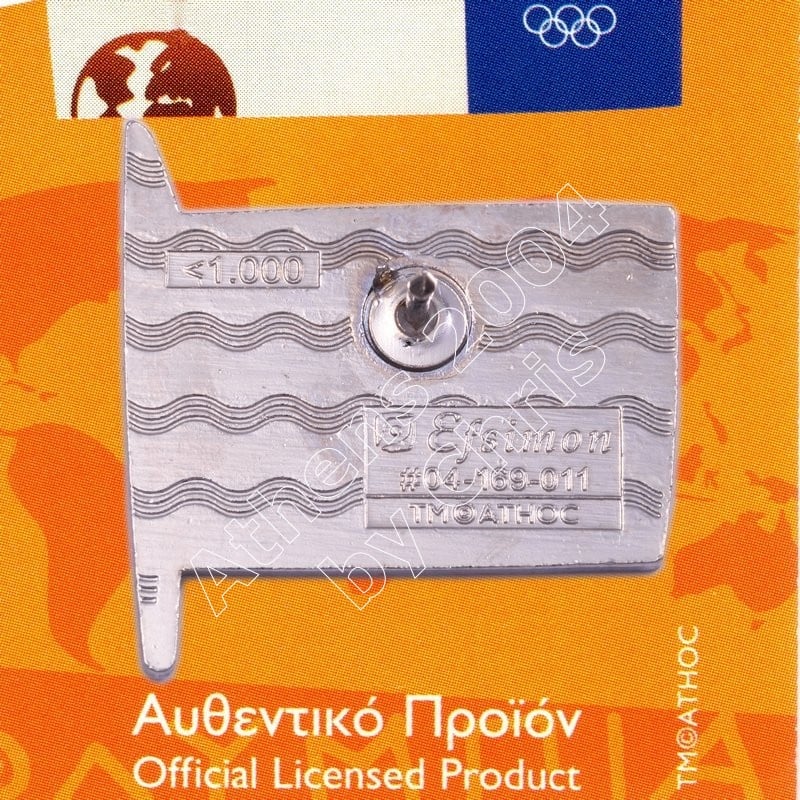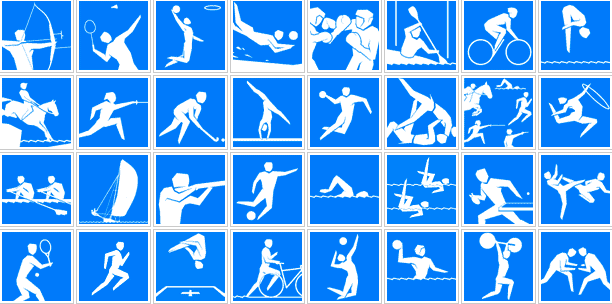Description
United States – Torch Relay International Route with Flag and Torch
Athens 2004 Olympic Games Pin
The Olympic Flame passed from United States
The 2004 Summer Olympics Torch Relay took the Olympic Flame across every habitable continent, returning to Athens, Greece. Every citywhich had hosted the Summer Olympics was revisited by the torch, as well as several other cities chosen for their international importance.
The relay was the first time the Olympic flame had travelled to Africa, India and South America. The flame was transported from country to country aboard a specially-equipped Boeing 747 leased from Atlanta Icelandic (Registration TF-ARO) called Zeus. On board the flame was carried and burned continuously in specially modified miners lamps.
The flag of the United States of America, often referred to as the American flag, is the national flag of the United States. It consists of thirteen equal horizontal stripes of red (top and bottom) alternating with white, with a blue rectangle in the canton (referred to specifically as the “union”) bearing fifty small, white, five-pointed stars arranged in nine offset horizontal rows of six stars (top and bottom) alternating with rows of five stars. The 50 stars on the flag represent the 50 states of the United States of America, and the 13 stripes represent the thirteen British colonies that declared independence from the Kingdom of Great Britain, and became the first states in the Union. Nicknames for the flag include the Stars and Stripes, Old Glory, and the Star-Spangled Banner.
The design of the flag has been modified 26 times officially since 1777. The 48-star flag was in effect for 47 years until the 49-star version became official on July 4, 1959. The 50-star flag was ordered by President Eisenhower on August 21, 1959 and was adopted in July 1960. It is the longest-used version of the U.S. flag and has been in use for over 55 years.
At the time of the Declaration of Independence in July 1776, the Continental Congress would not legally adopt flags with “stars, white in a blue field” for another year. The flag contemporaneously known as “the Continental Colors” has historically been referred to as the first national flag.
The Continental Navy raised the Colors as the ensign of the fledgling nation in the American War for Independence—likely with the expedient of transforming their previous British red ensigns by adding white stripes—and would use this flag until 1777, when it would form the basis for the subsequent de jure designs.
The name “Grand Union” was first applied to the Continental Colors by George Preble in his 1872 history of the American flag.
The flag closely resembles the British East India Company flag of the era, and Sir Charles Fawcett argued in 1937 that the Company flag inspired the design. Both flags could have been easily constructed by adding white stripes to a British Red Ensign, one of the three maritime flags used throughout the British Empire at the time. However, an East India Company flag could have from nine to 13 stripes, and was not allowed to be flown outside the Indian Ocean.
In any case, both the stripes (barry) and the stars (mullets) have precedents in classical heraldry. Mullets were comparatively rare in early modern heraldry, but an example of mullets representing territorial divisions predating the U.S. flag are those in the coat of arms of Valais of 1618, where seven mullets stood for seven districts.
The first American flags were made out of hemp.
The pin depicts the flag of United States where passed the Olympic Flame
Product: Olympic Pin
Pin code: #04-169-011
Tiraz: <1.000pcs
Official Licensed Product
Licensed Manufacturer: Efsimon Collection

Buy it Now and Join the Wonderfull Winning World!!!








Reviews
There are no reviews yet.